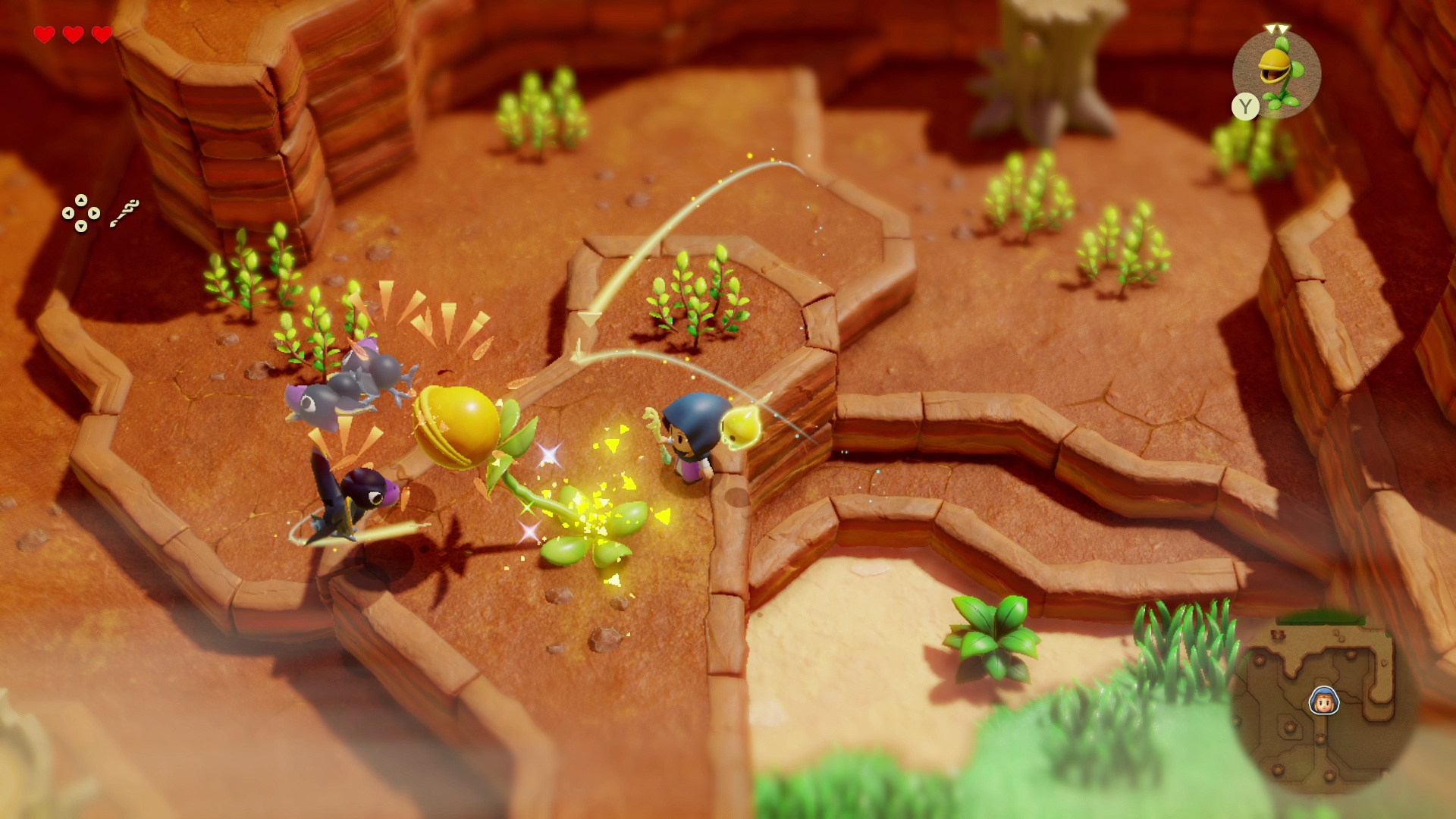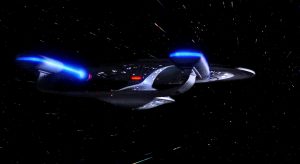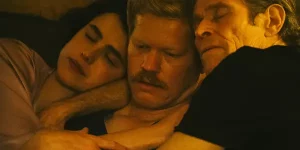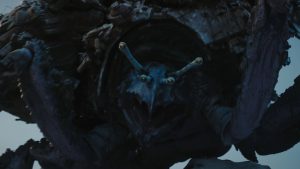
Just as the Nintendo Switch launched with The Legend of Zelda: Breath of the Wild in 2017, it has one last major Zelda game to give as the console enters its twilight with The Legend of Zelda: Echoes of Wisdom. Presented in a similar animation style and isometric perspective as the 2019 remake of The Legend of Zelda: Link’s Awakening, Echoes of Wisdom achieves a milestone in Nintendo’s long-running fantasy franchise by actually making Princess Zelda the protagonist. And while giving Zelda the spotlight in a mainline Zelda game is a huge step for the series, there is more going on in Echoes of Wisdom that uniquely distinguishes it than just a protagonist swap.
From its core gameplay mechanic of using the plot-driving Tri Rod to assist Zelda in saving Hyrule to the inversion of familiar franchise tropes, Echoes of Wisdom blends timeless Zelda experiences with something boldly new. The game is both a celebration of the franchise and an evolution of it, going beyond the hack-and-slash exploration that players have come to know and love for decades. However, while change is very much front and center, Echoes of Wisdom provides plenty of nostalgia and implementation of classic elements to smooth out the evolution rather than abruptly flipping the script.
A Thinking Gamer’s Legend of Zelda
Echoes of Wisdom takes place in a classic vision of Hyrule that resembles the character designs and architecture of 1991’s The Legend of Zelda: A Link to the Past. Starting in media res, Link infiltrates Ganon’s lair to defeat him and rescue Princess Zelda, fighting the monster in the keep of Ganon’s castle. However, the fight is interrupted when an extra-dimensional rift to the Still World suddenly opens, swallowing up Link and Ganon, with Link managing to free Zelda before he is trapped in the alternate dimension.
Zelda flees from Ganon’s castle before it is consumed by the Still World, led by a mysterious sprite named Tri, only to find that Still World rifts are opening up all over Hyrules and unleashing terrifying monsters. After her father is taken into the Still World, with his shadowy doppelganger declaring Zelda an enemy of the kingdom, Zelda and Tri go on the run and search for a way to close the rifts and rescue those trapped inside. Tri arms Zelda with a Tri Rod, a magical rod capable of strange feats, including creating echoes of objects she encounters.
The Tri Rod is the crux upon which the gameplay of Echoes of Wisdom is built around, with Zelda constantly learning new objects and monsters she can create echoes of to progress in the game. There are certain objects in the game Zelda can also have Tri temporarily bond with, either to mirror Zelda’s movements or defy the laws of physics. There are also numerous sequences within Echoes of Wisdom that have Zelda enter the Still World, with movement and actions inside of this realm affecting Hyrule when Zelda emerges.
This all makes for a more puzzle-centric Zelda game rather than a hack-and-slash one. Zelda has to figure out how to use her echoes relatively early in the game to escape from Hyrule Castle and explore Hyrule and the subsequent dungeons. Of course, Zelda games have always had a strong element of puzzle-solving to them, but it’s more pronounced here, and the game doesn’t readily hand out clues on how to progress. Echoes of Wisdom doubles down on the side-scrolling sequences from Link’s Awakening, giving players another perspective to solve puzzles. In other words, put on your thinking caps for this one, because Echoes of Wisdom will leave players scratching their heads, as they ponder how to advance in a dungeon or just traverse a Still World section.
This core mechanic also heavily informs the combat gameplay in Echoes of Wisdom. Zelda doesn’t play an active role in the fighting, at least, not initially. After skirmishes with Dark Link, Zelda will recover the real Link’s various weapons, but she doesn’t use them herself, instead transforming into a spectral version of Link to briefly fight enemies. But this puts a drain on spirit energy, which means Zelda will often have to summon echoes of monsters to do the fighting for her. Zelda fans may be used to slashing out of trouble with the Master Sword, but Echoes of Wisdom positions Zelda more as a tactician and leader than as a warrior, which takes some getting used to, but it’s a neat twist on the usual combat mechanics of the franchise that adds a bit more strategy to the mix.
Familiarity in the Face of Innovation
A major factor that helps all these changes in gameplay and focus is how the game eases players into a comfortably familiar vision of The Legend of Zelda with plenty of callbacks to past games beyond its animation style and isometric perspective. Link’s opening confrontation with Ganon is presented similarly to the climax of The Legend of Zelda: Ocarina of Time, from Zelda being suspended in a magical crystal over the combatants to Link resorting to reflecting Ganon’s energy blasts back at him to momentarily stun him. Beyond this opening, Ocarina of Time-inspired designs of the Gerudo, Deku Scrubs, Zora, and Gorons appear in Echoes of Wisdom, as do the Yeti from The Legend of Zelda: Twilight Princess.
This is a game designed after and populated with many familiar faces and tropes from previous Zelda games, all couched in the Link’s Awakening animation style. Even the narrative premise, of Zelda flitting between Hyrule and the Still World, feels like alternating between Hyrule and the Dark World in A Link to the Past or the Twilight Realm in Twilight Princess. All this recognizable window dressing creates a welcoming environment as Echoes of Wisdom quietly changes the franchise’s usual gameplay mechanics and what can be considered possible from a Zelda game.
Even the idea of the Tri Rod and its magical capabilities feel like they’re a natural extension of the Sheikah Slate and Zonai artifacts from The Legend of Zelda: Breath of the Wild and The Legend of Zelda: Tears of the Kingdom, respectively. Though not it’s not one-to-one in terms of functionality, the idea of using a device to create and move items to solve puzzles was a hallmark in those games, especially Tears of the Kingdom. That Echoes of Wisdom employs a similar menu layout as those games only serves to further underscore the comparison.
With that in mind, Echoes of Wisdom feels like a bridge between the current generation of Zelda games on the Switch and the isometric classics that made the franchise such an enduring Nintendo property in the first place. And Echoes of Wisdom does it all while continuing to take the series into new and exciting areas in its blending of timeless franchise elements with its creative big swings into fresh territory. As celebrated as Zelda is, it does have a tendency to play it safe with its gameplay formula, on occasion, and Echoes of Wisdom captures the best of both worlds, honoring its history while bringing the franchise into the future. And frankly, Princess Zelda herself is the perfect person in the storied series to usher in this new era.
The Legend of Zelda: Echoes of Wisdom is available now for the Nintendo Switch.
The post Echoes of Wisdom Is the Thinking Gamer’s Legend of Zelda appeared first on Den of Geek.




